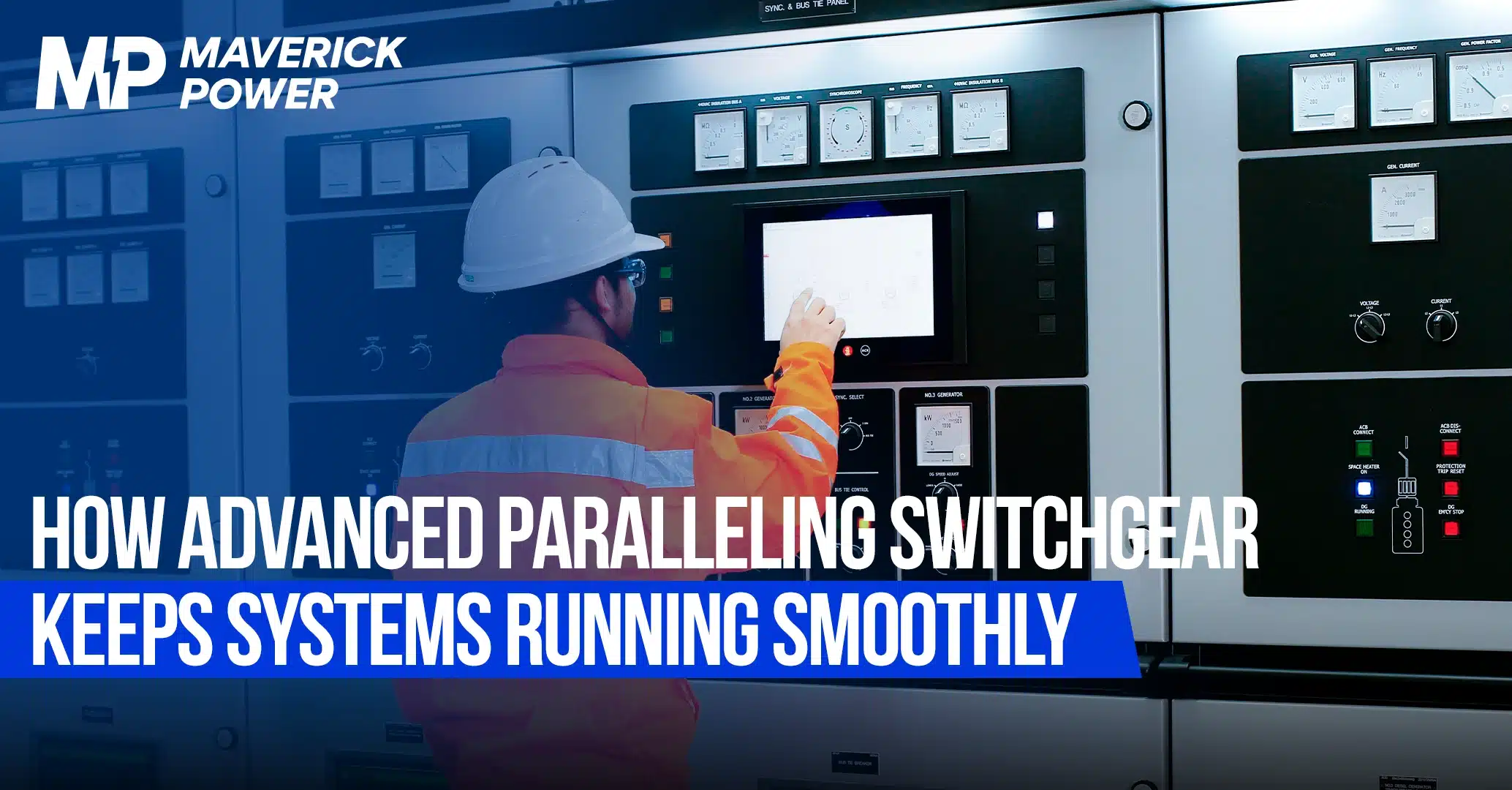Every second, billions of digital interactions cascade through data centers worldwide. Social media posts, financial transactions, streaming content, and IoT sensor data flow through these facilities at an unprecedented rate. This surge of information demands more than just additional server racks – it requires revolutionary approaches to power management and distribution.
As data centers evolve from traditional facilities into dynamic, rapidly-scaling powerhouses of the digital age, modular switchgear stands out as a game-changing innovation, offering the flexibility and reliability needed to keep pace with our ever-expanding digital footprint.
To grasp the full potential of this transformative technology, let’s get into the core elements that make modular switchgear a cornerstone of modern data center design.
Understanding Modular Switchgear
Definition and Components
Modular switchgear represents a paradigm shift in electrical infrastructure design. These prefabricated, self-contained units house a comprehensive suite of electrical components, including circuit breakers, busbars, and sophisticated control systems. Unlike traditional switchgear setups, modular solutions come as complete, factory-tested units ready for deployment. Think of them as highly sophisticated power management building blocks that can be assembled and expanded as needed.
Functionality in Data Centers
At its core, modular switchgear serves as the nervous system of a data center’s power distribution network. These units manage the intricate dance of power flow, ensuring stable and reliable electricity distribution to critical computing infrastructure. They act as intelligent power gatekeepers, monitoring, controlling, and protecting the electrical systems that keep data centers running 24/7.
Advantages of Modular Switchgear in Data Centers
Scalability
The beauty of modular switchgear lies in its inherent flexibility. Data centers can start with a baseline configuration and seamlessly add additional modules as their power requirements grow. This “pay-as-you-grow” approach eliminates the need for massive upfront investments in oversized infrastructure, allowing organizations to align their power infrastructure precisely with their actual needs.
Reduced Deployment Time
Time is money in the data center world, and modular switchgear delivers impressive savings on both fronts. With Power Solutions manufactured and tested off-site, installation becomes remarkably streamlined. What once took weeks or months with traditional switchgear can now be accomplished in days, minimizing operational disruptions and accelerating time-to-market for new capacity.
Enhanced Reliability
Reliability isn’t just a feature—it’s a fundamental requirement for modern data centers. Modular switchgear excels in this arena by incorporating redundant systems and enabling maintenance without significant downtime. The ability to isolate and service individual modules while maintaining overall system operation represents a massive advantage for facilities requiring continuous uptime.
Cost Efficiency
While the initial investment in modular switchgear might seem substantial, the long-term financial benefits are compelling. Lower installation costs, reduced maintenance requirements, and the ability to scale incrementally all contribute to a more favorable total cost of ownership. Additionally, the improved energy efficiency of modern modular systems can lead to significant operational savings over time.
Integration with Modern Data Center Design
Compatibility with Existing Infrastructure
One of the most remarkable aspects of modular switchgear is its adaptability to existing data center environments. These systems are designed with compatibility in mind, allowing facilities to upgrade their power infrastructure without requiring a complete overhaul of existing systems. This flexibility enables a phased approach to modernization, minimizing risk and disruption.
Support for High-Density Computing
As computing densities continue to increase, power requirements follow suit. Modular switchgear systems are built to handle these growing demands, offering the capability to support high-performance computing environments while maintaining efficient power distribution and management.
Challenges and Considerations
Initial Investment
While the long-term benefits are clear, organizations must carefully evaluate the upfront costs associated with modular switchgear implementation. A comprehensive cost-benefit analysis should consider factors such as installation savings, operational efficiencies, and the value of improved reliability and scalability.
Customization Limitations
Despite their flexibility, modular switchgear systems may present certain limitations in terms of customization. Organizations with highly specific requirements should carefully evaluate whether standardized modular solutions can meet their unique needs or if custom modifications are necessary.
Maintenance and Support
Ensuring long-term reliability requires a well-planned maintenance strategy. Organizations must invest in training technical staff and establishing robust maintenance protocols to maximize the benefits of their modular switchgear investment.
Future Trends in Modular Switchgear for Data Centers
Advancements in Modular Technology
The future of modular switchgear looks promising, with ongoing innovations focusing on enhanced efficiency, improved monitoring capabilities, and greater integration with digital management systems. Smart features and predictive maintenance capabilities are becoming increasingly common, further improving reliability and reducing operational costs.
Integration with Renewable Energy Sources
As data centers increasingly embrace renewable energy, modular switchgear systems are evolving to facilitate this transition. Modern systems are being designed with the capability to efficiently manage and integrate power from multiple sources, including solar and wind, supporting organizations’ sustainability goals.
Alignment with Industry Standards
The continued evolution of industry standards drives ongoing improvements in modular switchgear design and functionality. Manufacturers are working to ensure their solutions not only meet current requirements but are also prepared for future regulatory changes and technological advances.
Final Thoughts
Modular switchgear represents a crucial building block in the foundation of future-ready data centers. Its ability to deliver scalability, reliability, and efficiency makes it an invaluable solution for organizations facing the challenges of digital transformation. As technology continues to evolve and data center demands grow, the role of modular switchgear in enabling sustainable, efficient, and adaptable power infrastructure becomes increasingly vital.
For data center operators and IT leaders, the message is clear: Embracing modular switchgear solutions isn’t just about meeting today’s power needs—it’s about building a flexible, efficient foundation for tomorrow’s technological demands. As we continue to push the boundaries of digital innovation, those who invest in scalable, efficient power infrastructure will be best positioned to thrive in an increasingly data-driven world.
